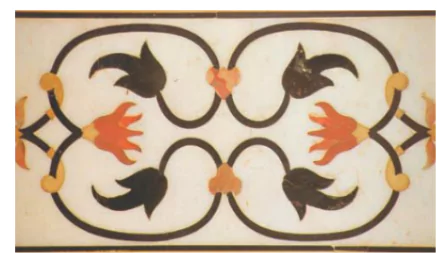![]() June 7, 2024
June 7, 2024
![]() 7953
7953
![]() 0
0
Indo-Islamic architecture started with the Ghurid occupation of India at the end of the 12 century AD. The Muslims have combined varied designs from the Sassanian and Byzantine empires, which they inherited, with the local culture, giving rise to Indo-Saracenic or Indo-Islamic architecture.They introduced new elements such as calligraphy, ornamentation using inlay work, trabeation, brackets, domes etc.
 They introduced the ‘Charbagh style’ of garden, in which a square block was divided into four identical gardens.
They introduced the ‘Charbagh style’ of garden, in which a square block was divided into four identical gardens.Difference Between Arcuate Style And Trabeate Style
| ARCUATE STYLE | TRABEATE STYLE |
|
|
|
Must Read |
|
| Current Affairs | Editorial Analysis |
| Upsc Notes | Upsc Blogs |
| NCERT Notes | Free Main Answer Writing |
| Related Articles | |
| Mauryan architecture | Harappa, Mohenjodaro |
| Sangam Age – Political History of South India | Mauryan Empire (322-185 BCE) |
| Jainism and Buddhism | Post Mauryan Period (200 BC – 300 AD) |
<div class="new-fform">
</div>
Latest Comments